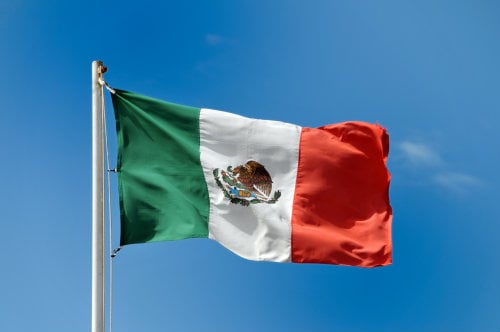Spanish In The United States In The Next 30 Years
In case you’re wondering whether it’s worth your while to continue your Spanish studies after high school/college, rest assured, judging from the rate that the language is spreading through the U.S., you may not have a choice in the next several years.
It’s no secret that Spanish is spreading throughout the country at an unprecedented rate.
As of 2013, the number of Spanish speakers was up 233% since 1980.
There’s expected to be between 39-41 million native Spanish speakers in the U.S. by 2020.
In 2010, Spanish was predicted to be the dominant language in the United States by 2050.
In 2011 an article was written claiming the U.S. is believed to be the largest Spanish speaking country in the world by 2050, and that Spanish is expected to be the second most spoken language globally after Chinese.
The nation is also transforming quite swiftly both ethnically and culturally.
While millions of immigrants flow across U.S. borders, both legally and illegally from Latin American countries, the Anglo-Saxon white population now has a higher death than birth rate for the first time in over a century.
NBC News wrote that the non-Hispanic white population is supposed to become a minority by 2043.
Of course, these are speculative statistics, and the language could display a similar trajectory to those of Europe. For instance, the number of Italian, German, and Polish speakers declined 50%, 30%, and 20% respectively between 1980 and 2010 in the United States.
English is without question the closest thing we have to a global lingua franca, and many believe it to continue as such for many years to come.
European countries require their grade school students to study English and it is becoming more widely taught to younger generations throughout Asian countries as well.
Spanish on the other hand, is only spoken fluently by about 5% of Europeans outside of Spain, and is also quite limited in highly developed Asian countries like Japan and China.
So what we can draw from this all is that Spanish is spreading through the U.S. exponentially, and therefore in time it will be impossible to ignore. That means it only makes sense to begin taking it seriously now, because in time it will be taught in schools just as English is taught in Europe. It will likely be integrated into business culture increasingly, and the use in Spanish fluency will become more of a valued skill in international business.
However, it does indeed seem farfetched to say it will replace English as the dominant language of the world. Regardless of how many native speakers there are of Spanish, English will likely remain the common tongue amongst non-native speakers throughout the world. But, who knows. Only time will tell.
Think you have a good handle on this increasingly popular language? Take a free online Spanish level test to see how good your Spanish skills are. Then, check out Language Trainers’ Spanish courses with a professional, qualified tutor near you! We’ll work with you to design a tailor-made course package, ensuring you’re not left behind during this linguistic revolution. Contact our team today!


